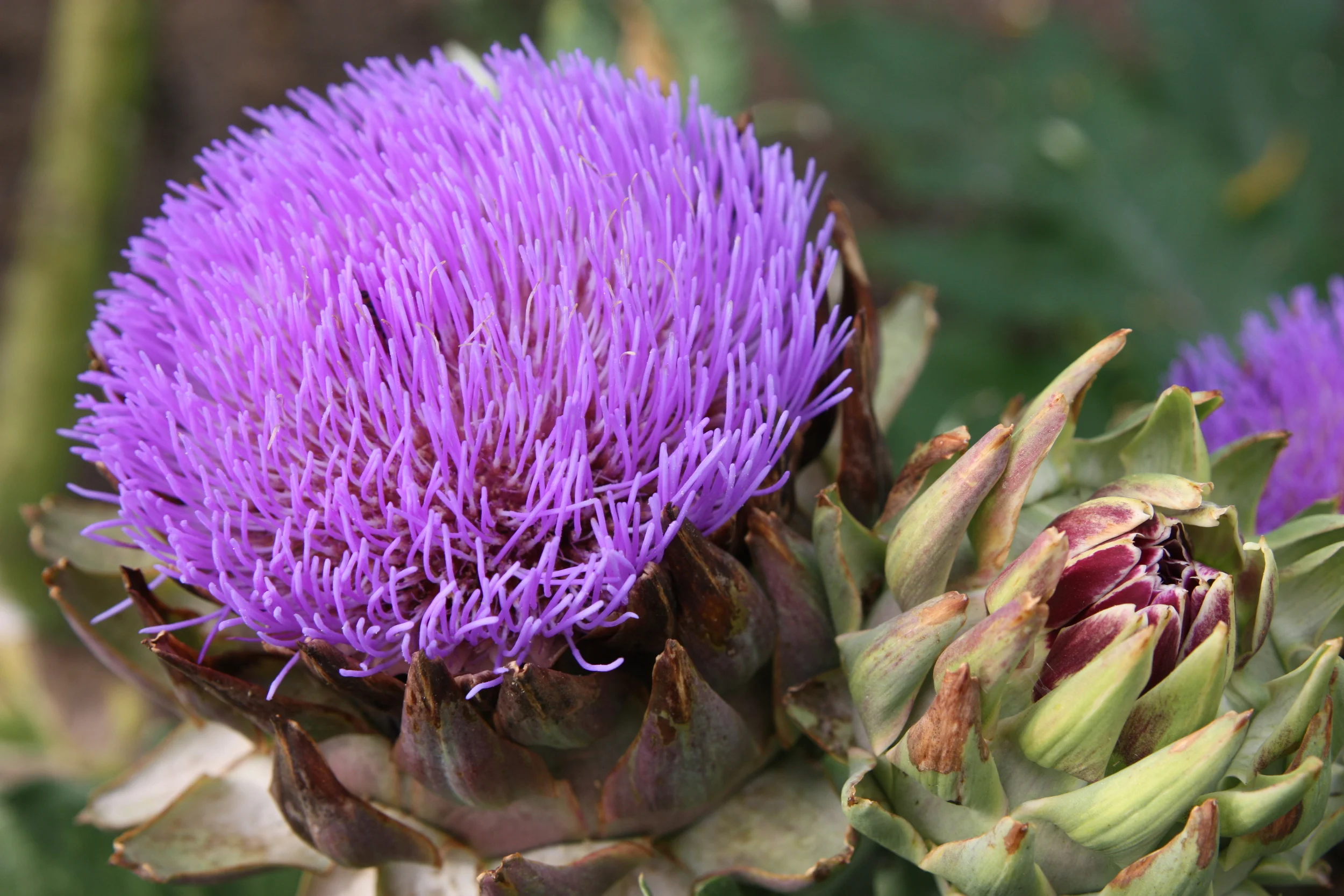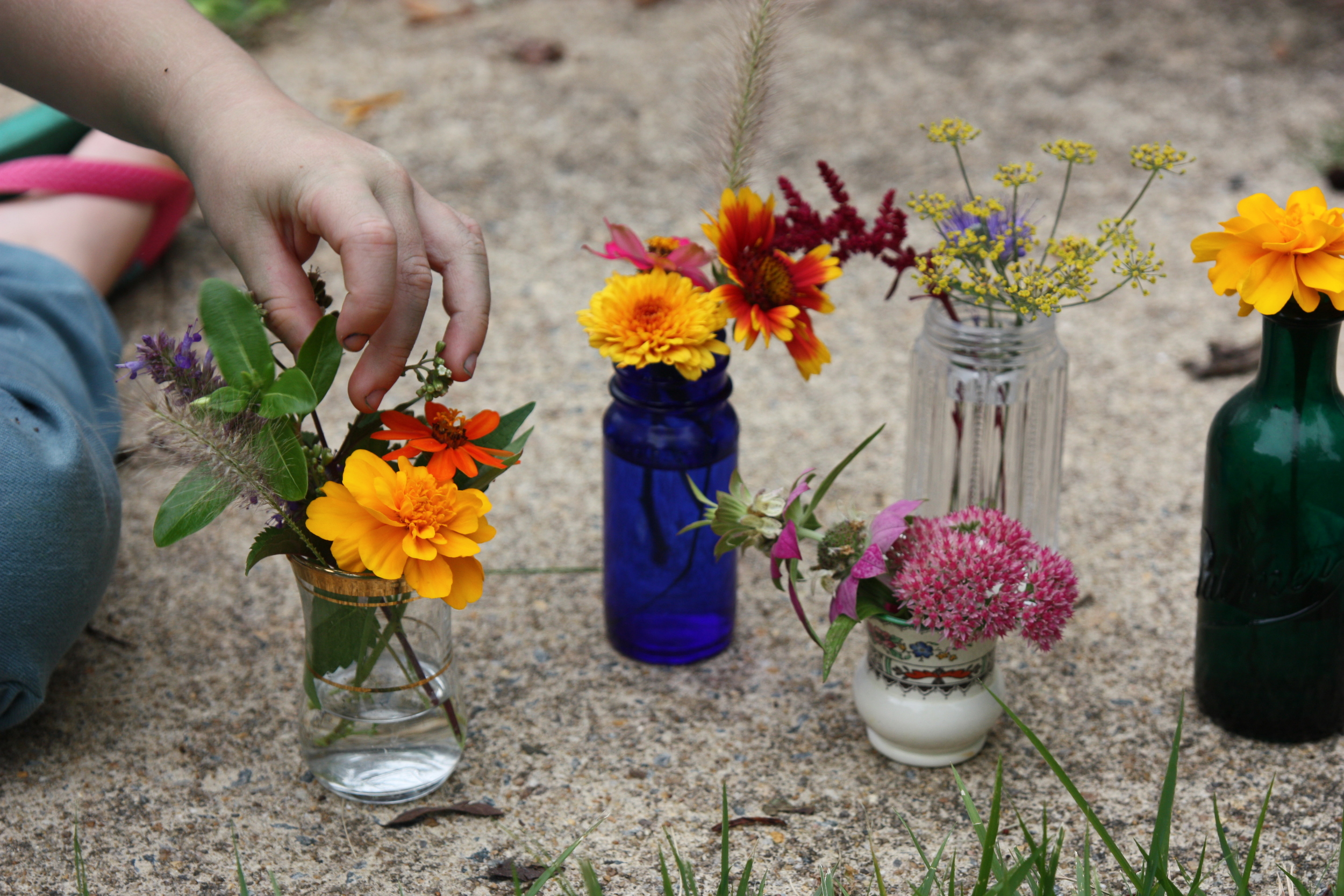The unique, elegant beauty of the tuberous begonia species, Begonia boliviensis (Bolivian Mountain Begonia) is unmatched. It's pendulous, slender, vase-shaped blooms are bright orange, almost beak-like, and cascade down the plant in a sweep of color alongside sprays of small, deep green, angelwing-type leaves. Mature plants develop a pleasing bushy habit and can reach up to three feet (1 meter).
The pendant flowers of Begonia boliviensis dangle like summer jewelry and look best in containers or hanging baskets.
Culture of this Bolivian native is like that of most other tuberous begonias. Partial sun is preferred as is fertile, moisture-retaining medium with very good drainage. It grows from USDA hardiness zones 8 to 11, though there are reports it can overwinter in zone 7 with protection. Where hardy, it's late to break dormancy, particularly in zone 8. In colder climates, it's best to overwinter the tubers or container-grown plants in a cool garage.
Begonia boliviensis will tolerate humidity and moderate summer heat, though it prefers milder summer weather (most plants from mountainous areas do). Water it regularly. Container-grown specimens are always more demanding of water and require daily applications. Fertilize regularly to encourage continuous flowering. This is a self-cleaning ornamental, which means it does not require deadheading. It's fairly pest and disease free, however tuber and stem rot can occur if soil drainage is not adequate. This is a fairly easy plant to grow from seed. Start the tiny, dust-like seeds early (six months in advance) to give them a head start for the growing season. (Swallowtail carries the seed.) Full sized plants are far more expensive, so I usually opt for seed route if I want more than one plant.
The cultivar 'Bonfire' is an extra vibrant selection with larger flowers and a slightly more compact habit.
There are lots of other great cultivars and hybrids hitting the garden market. The most common of these is the more compact, large-flowered 'Bonfire'. The hybrids in the Mandalay Series also have boliviensis parentage and their flowers show it. They are also compact and come if shades of white, pink and orange. Mandalay Flamingo is a pink-flowered boliviensis hybrid that's offered through Proven Winners. Mandalay Pearl is another nice selection with its neutral flowers that will blend well with any container arrangement.
Friends will ask about these begonias if you plant them in your beds or containers. They're that impressive and with good care they'll shine all season into fall, no problem.
Begonia Mandalay Pearl
Begonia Mandalay Flamingo









